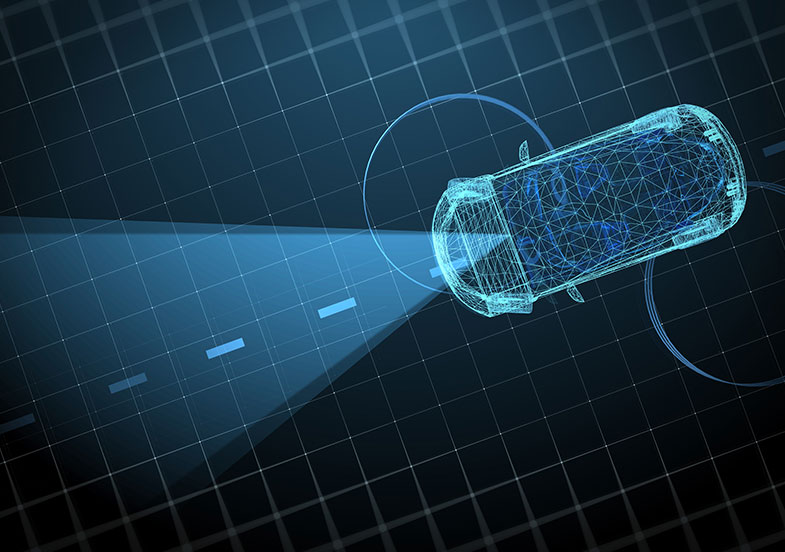The Problem
Deer collisions pose a serious threat to drivers, with over 1.8 million deer-vehicle collisions per year in the United States. The estimated total cost associated with deer-vehicle collisions is calculated to be $8,388,000,000.
The Question
How can we develop testing protocols for automotive PCS designed to prevent and mitigate animal-related vehicle crashes?

What We Did
By examining crash data, collecting and analyzing naturalistic driving data, and using radar scanning to detect deer, we were better able to establish test parameters for animal collision avoidance research. These parameters allowed engineers to estimate performance of sensors, and provide design guidance for algorithm developers.
The Result
We found that an in-vehicle animal detection system can help detect wildlife and create a safer environment for drivers, by providing warnings and even intervening with automatic braking, to either prevent or reduce the severity of wildlife collisions. This research effort collected many thousands of measurements of deer with sensors visible to modern radar and lidar systems. Initial statistical analysis provided insight to useful parameters for modeling deer, informing the design of systems used to detect and track them.
This project is a collaboration with Virginia Tech Transportation Institute (VTTI) and Michigan Tech Research Institute (MTRI)
